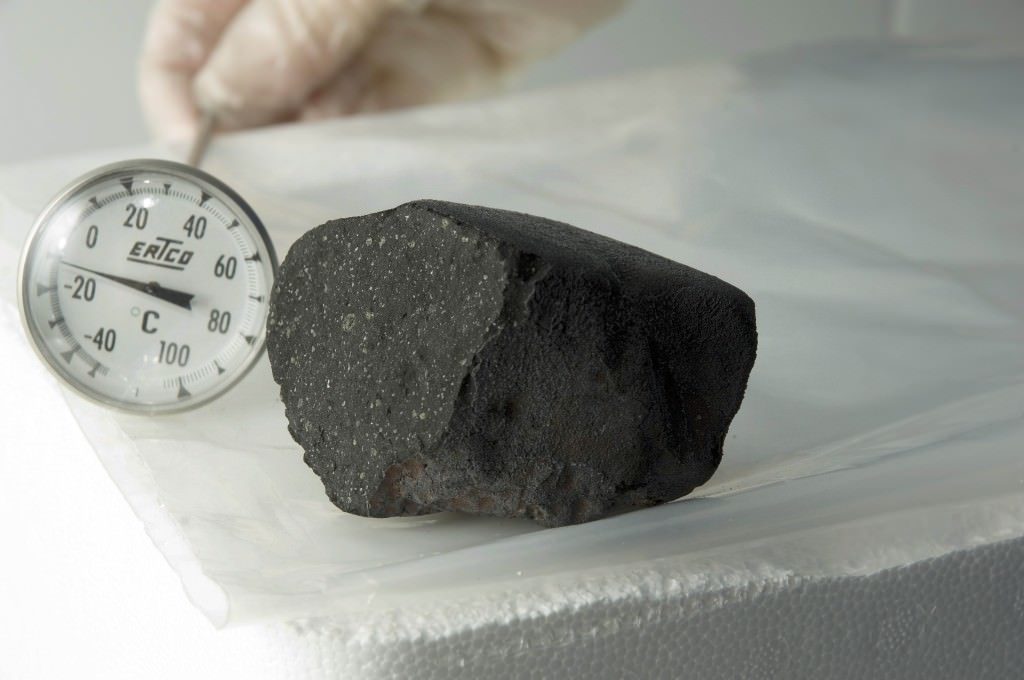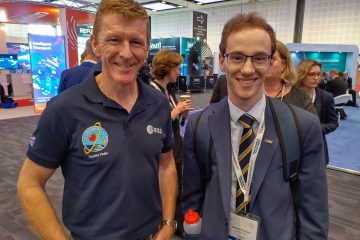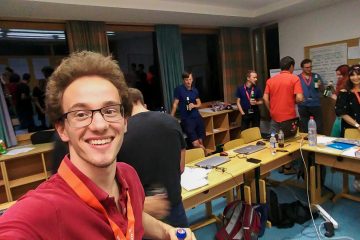Day 3 of the Alpbach Summer School began with a lecture on Earth re-entry by an expert from the Royal Observatory of Belgium. Then came lectures on sample information versus context from the surroundings, and on challenges for sample return such as cometary activity.
After lunch, we dove straight back into the workshops, where we split off into our teams to continue our mission design work. For my team, the main question was what type of small body we would visit. We had already narrowed it down to either a Main Belt Comet (MBC) or D-type asteroid, but the team had become divided into two groups, each rooting for one of the body types. Lots of heated discussion ensued, with us coming to the conclusion that both groups could make a strong science case, but both had unanswered questions that would make the engineering design to come more challenging.

A fragment of the Tagish Lake meteorite. Credit: Michael Holly, Creative Services, University of Alberta
Finally, we made our decision: we will be sending our mission to a Near Earth D-type asteroid. Little is known about these bodies, although it is strongly suspected from its chemical signature that the large Tagish Lake meteorite that was found in British Columbia in 2000 came from a D-type. I stayed up until 1:15am to help the team where I could, but further refinement of the science case will be needed over the coming days. This will let us define our particular science goals and work out which instruments we will need to take with us on our long journey into the blackness.
More updates on the rest of the Alpbach Summer School will be coming soon and can all be found under the events category on my blog.


